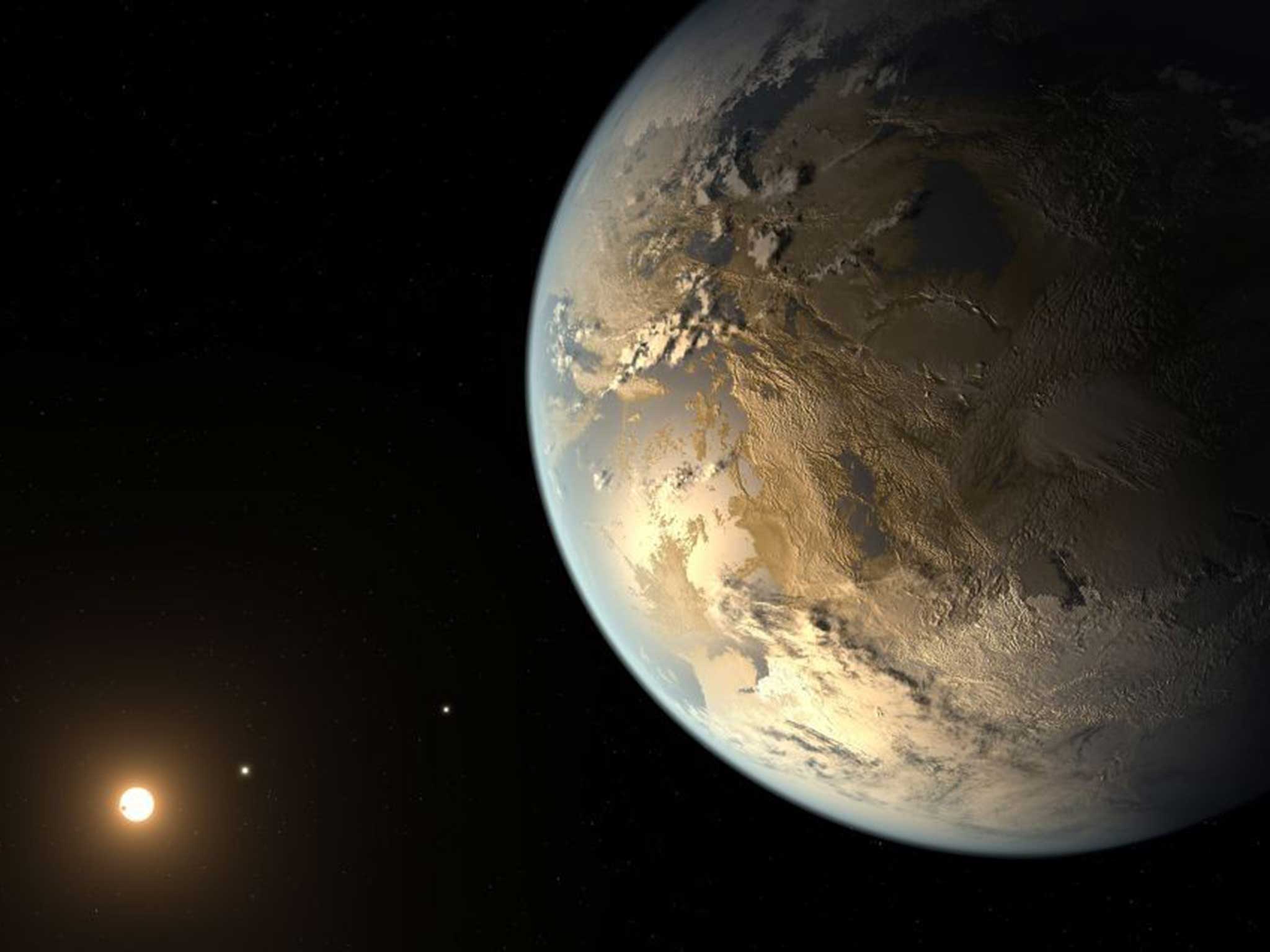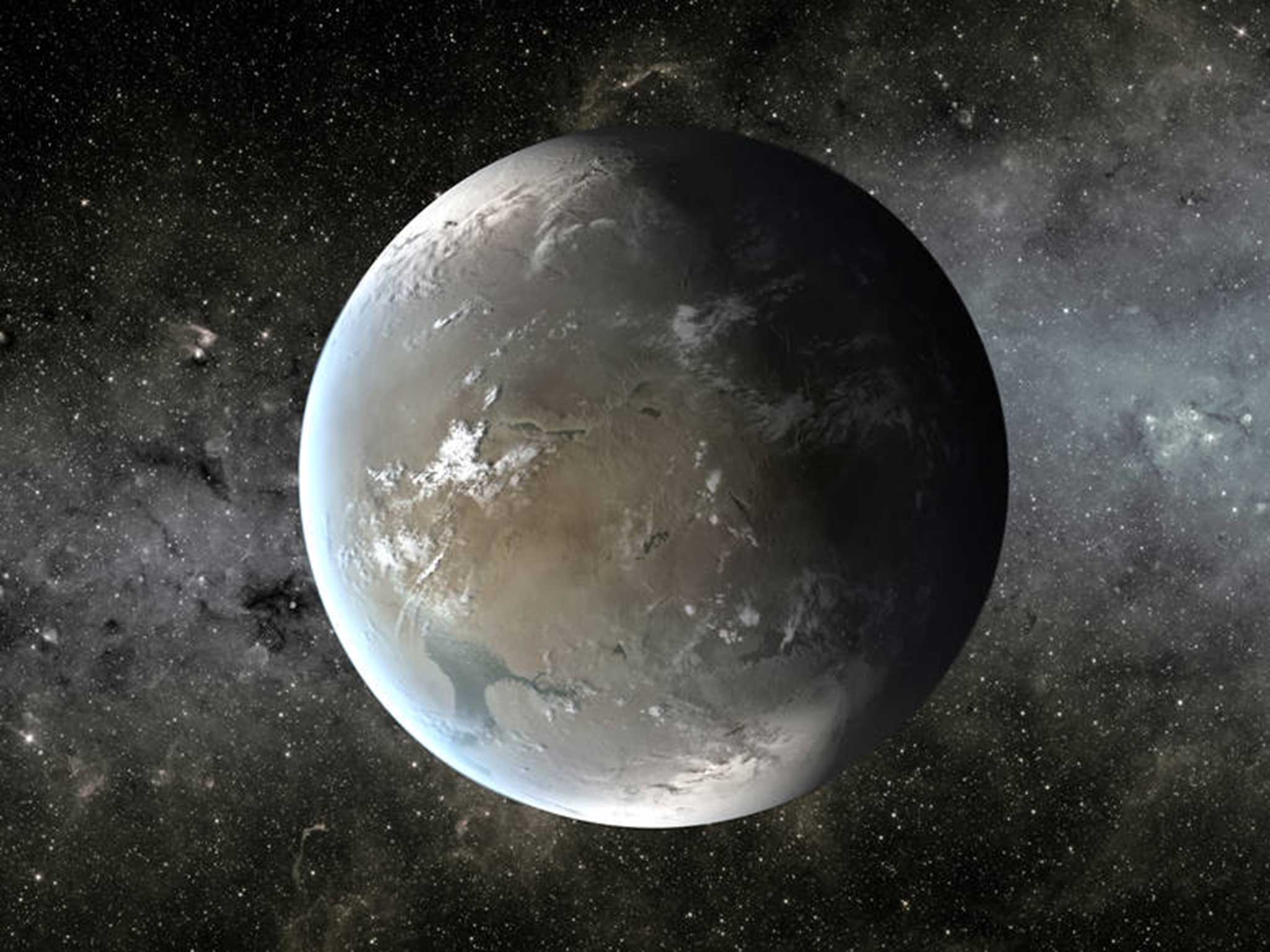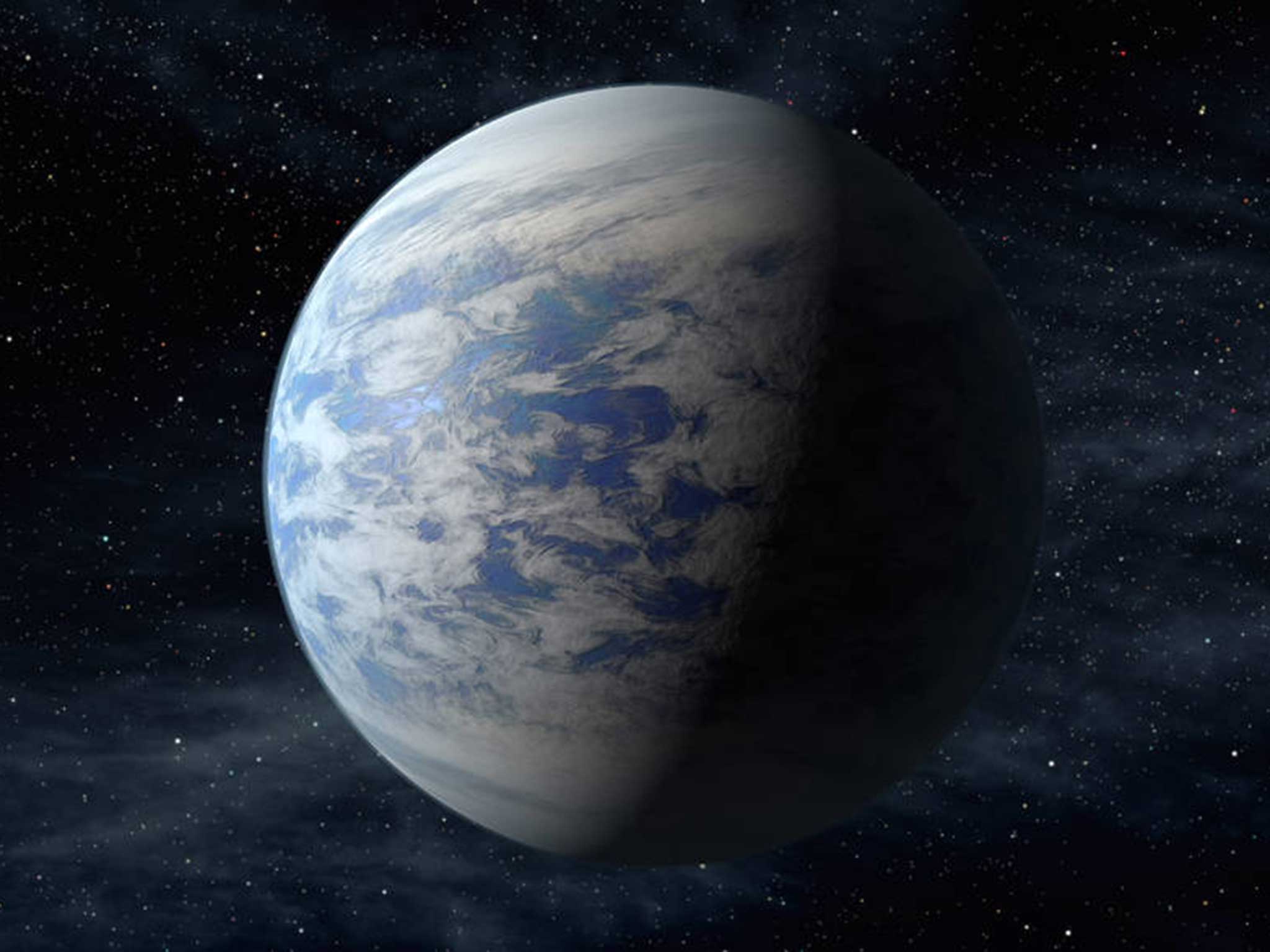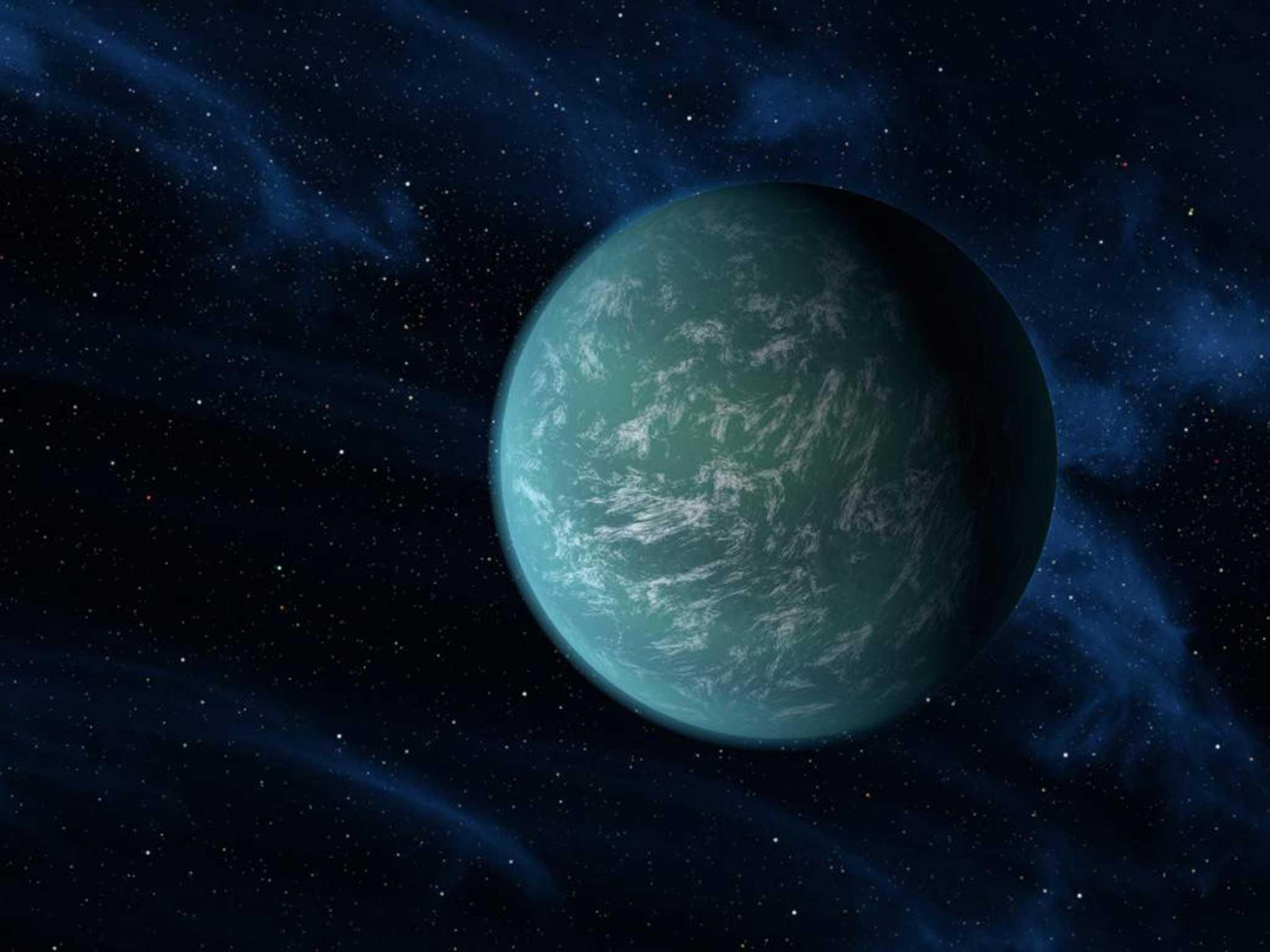Kepler 452b: The planets that just missed out on 'second Earth' status
There have been a number of significant discoveries leading up to Nasa's latest announcement

Nasa’s discovery of a planet similar to Earth has fired the imaginations of star-watchers across the world – but while hugely significant, Kepler’s discovery is only the latest made by the space discovery programme.
Prior to finding Kepler-452b – all exoplanets get the common moniker after the telescope that discovered them – there were a few other contenders.
In April last year, scientists announced the discovery of Kepler-186f, confirming that Earth-sized planets did exist within the much discussed ‘goldilocks’ range.
(The Goldilocks range refers to the planet’s positioning within its own solar system: neither too close or far away from the star to sustain life.)
Kepler-186f is only 10 per cent larger than Earth, but scientists have not yet discovered what the planet is made of – the best theories suggest it has a rocky composition and could support life.
However, the planet receives only a third of the amount of energy from its star that Earth does. To put this into perspective, Nasa make the comparison that were you to stand on Kepler-186f at midday, the light would be only as strong as the last hour before sunset.

Before that, Kepler-62f was scientists’ best bet. Similar to Kepler-452b, the star is a “super Earth” and much larger (by approximately 70 per cent) than our own home planet.

Its discovery was announced in April 2013, at the same time as Kepler-69c. Both planets lay in the coveted goldilocks zone required for life, but given the planets' size, astronomers feared they may not support life.

Finally Kepler-22b, the first Kepler planet found within the hospitable zone, orbited a star similar to ours and was considered in 2011 to be the most like Earth. However, greater scrutiny revealed that its size (roughly 2.4 times larger) posed problems for scientists who have not ascertained whether it is rocky or gaseous.
Join our commenting forum
Join thought-provoking conversations, follow other Independent readers and see their replies
Comments
Bookmark popover
Removed from bookmarks